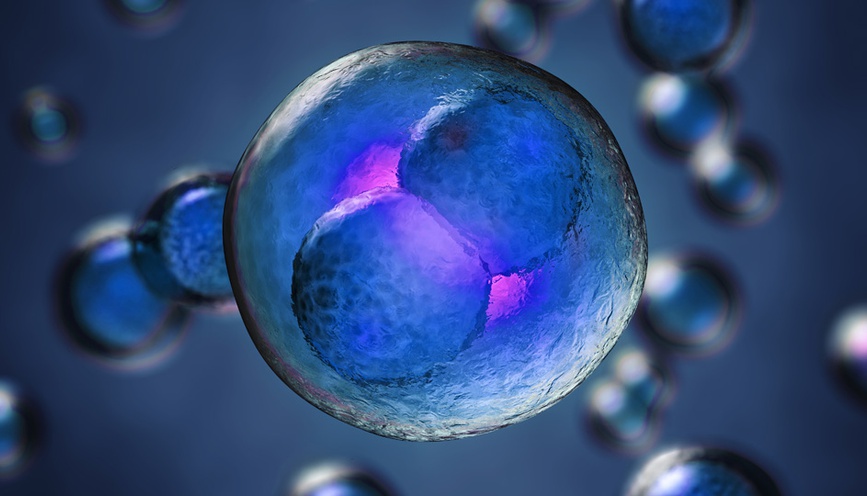Measure Nothing to Measure Something...

…my former boss used to say to me. Not sure whether he was intentionally trying to confuse, but it took a while and several rounds of explanation for me to finally get his point.
He referred specifically to work on developing new high-throughput methods for measuring cell behaviour. Not an easy task but something he and colleagues had proven highly successful at. Each time he set out to develop a novel bio-assay he would begin by focussing obsessively on understanding the sources of error and variance in the measurement. These could arise from several areas. First, physical ones – for example, the accuracy and precision of the analytical instrument and components used to measure the signal. As an engineer, these errors were reasonably easy to understand and model, such as how sensitive was a camera or detector and under what conditions did its ability to measure become unreliable. The second, biological variation, was more problematic since the cell populations should theoretically all behave the same, but in practice they did not. Things got really complex when the detection method per se had effects on the biology, the very thing you were trying to measure in the first place. Students of physics would consider this as a form of ‘observer effect’. The circular problem was how to optimise a detection method for a new type of cellular measurement when the only way to make the measurement is to use the new detection method you are trying to develop.
Let’s consider an example. In creating a high throughput solution for measuring intracellular Ca2+ in cells (a key indicator of cell activation), it was necessary to develop a new micro-plate reader that could detect drug-induced signals using fluorescent Ca2+ sensitive dyes. Such measurements had traditionally been made slowly and manually in single cuvettes. New problems such as dislodging or mechanical activation of cells during drug addition, dye leakage over time, photo-toxicity, auto-fluorescence and temperature perturbations had to be...
